Home>Articles>How Long Does It Take To Reheat Food In A Slow Cooker
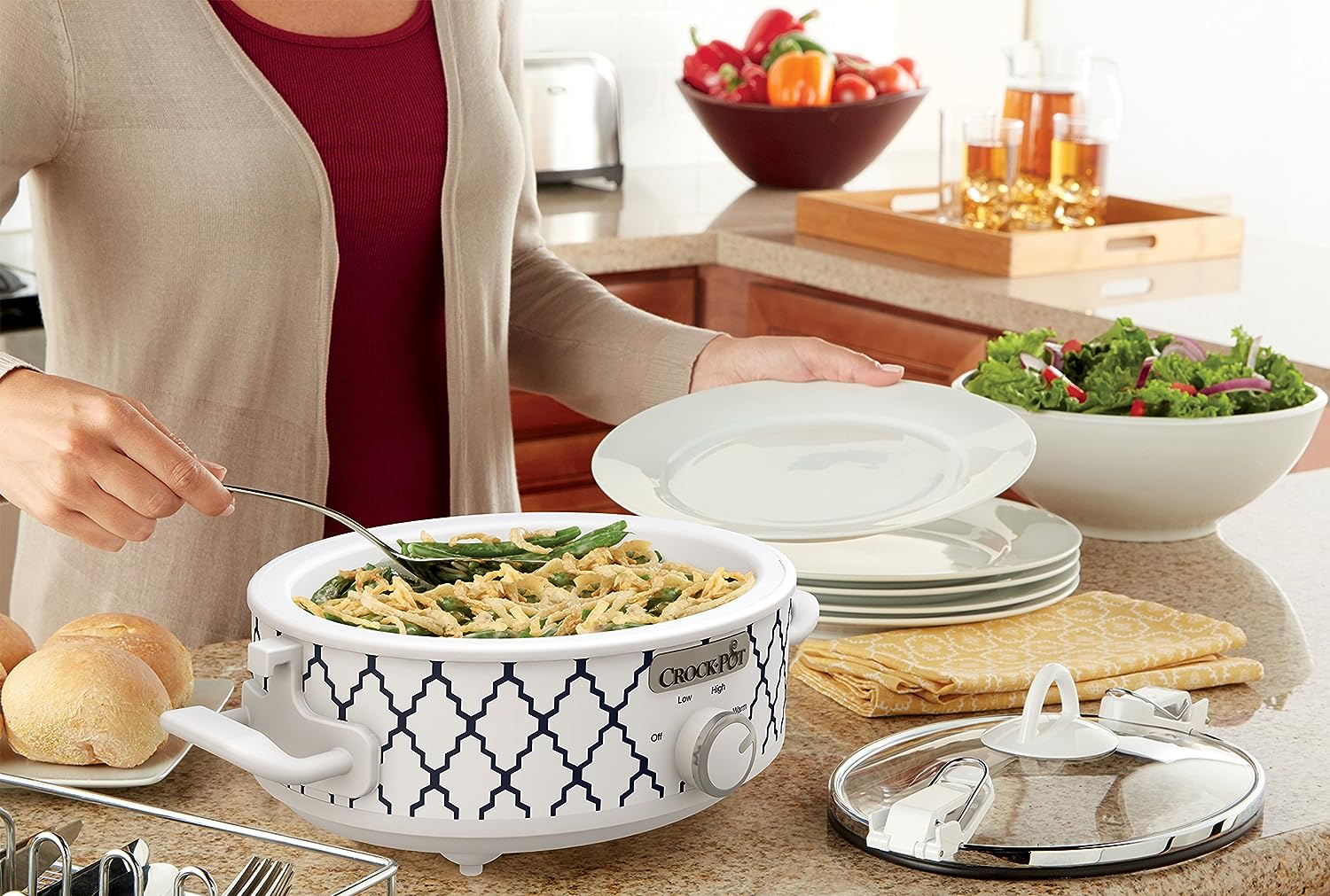

Articles
How Long Does It Take To Reheat Food In A Slow Cooker
Modified: August 20, 2024
Discover articles on how long it takes to reheat food in a slow cooker. Learn useful tips and tricks for quick and delicious meals at home.
(Many of the links in this article redirect to a specific reviewed product. Your purchase of these products through affiliate links helps to generate commission for Storables.com, at no extra cost. Learn more)
Introduction
When you have leftovers or pre-cooked dishes, reheating them can often be a hassle. Traditional methods like using the microwave or stovetop can sometimes result in uneven heating or overcooking. However, there’s a handy kitchen appliance that can come to your rescue – the slow cooker. With its low and slow cooking method, the slow cooker not only produces tender and flavorful meals but can also be a great tool for reheating food.
In this article, we’ll explore the world of reheating food in a slow cooker. Whether you need to warm up a delicious homemade soup, a comforting casserole, or even some savory meat and poultry, we’ll guide you through the process to ensure that your reheated meal is just as tasty as the original.
Before we get into the nitty-gritty of reheating food in a slow cooker, it’s important to choose the right slow cooker for your needs. Consider the size of your household and the quantity of leftovers you typically have, as slow cookers come in different sizes ranging from small to extra-large. Additionally, look for features like a programmable timer or a keep warm function, as these can be convenient for reheating purposes.
Key Takeaways:
- Reheating food in a slow cooker is a convenient and delicious way to bring leftovers back to life, ensuring that meals are thoroughly heated and safe to consume.
- Choosing the right slow cooker and following safety tips are essential for successful reheating, allowing you to enjoy the convenience and deliciousness of reheating food in a slow cooker.
Choosing the Right Slow Cooker
When it comes to reheating food in a slow cooker, having the right appliance makes a significant difference. Here are a few key factors to consider when choosing the right slow cooker:
- Size: Consider the size of your household and the amount of leftovers you typically have. Slow cookers come in various sizes, from small ones that hold 1-2 quarts to extra-large models that can hold up to 8-10 quarts. If you have a larger family or frequently cook in bulk, opt for a larger size to accommodate your needs.
- Programmable Features: Look for a slow cooker with programmable features, such as a timer or delay start function. These features allow you to set the cooking time and temperature in advance, which can be helpful when you want to start reheating your food at a specific time.
- Keep Warm Function: A slow cooker with a keep warm function can be a convenient option for reheating food. This feature allows you to keep your food warm for an extended period without overcooking it.
- Dishwasher Safe: Consider the ease of cleaning when choosing a slow cooker. Look for models with dishwasher-safe removable parts, such as the stoneware insert and lid, for effortless cleanup.
- Reviews and Recommendations: Take the time to read reviews and seek recommendations from friends or trusted sources. Real-life experiences and feedback can help you make an informed decision and find a reliable slow cooker brand or model.
By considering these factors, you can select a slow cooker that perfectly suits your reheating needs and kitchen preferences. Once you have the right appliance, you’ll be all set to start reheating your favorite dishes with ease.
Factors Affecting Reheating Time
When reheating food in a slow cooker, several factors can impact the reheating time. It’s essential to understand these factors to ensure that your food is heated thoroughly and safely. Here are some key factors that can affect the reheating time:
- Food Type: Different types of food require different reheating times. Soups and stews, for example, are generally quicker to reheat since they are mostly liquid-based. Solid dishes like casseroles and pasta may take a bit longer as they need time to heat through.
- Food Quantity: The amount of food you are reheating can significantly impact the reheating time. Larger portions will naturally take longer to heat compared to smaller portions.
- Temperature: The starting temperature of the food can influence the reheating time. Cold or frozen food will take longer to heat than food that is at room temperature. It’s always a good idea to thaw frozen food before reheating it in the slow cooker to ensure even heating.
- Slow Cooker Size: The size of your slow cooker can also affect the reheating time. If you have a larger slow cooker but are reheating a small portion of food, it may heat up faster compared to a smaller slow cooker that is packed with food.
- Ingredients: Some ingredients, such as meat and vegetables, may take longer to reheat compared to others. Tougher cuts of meat may require a longer reheating time to become tender and juicy again.
- Stirring: Stirring the food occasionally during the reheating process can help distribute the heat evenly and reduce the overall reheating time. This is particularly important for dishes with multiple ingredients or thick sauces.
It’s important to note that these factors are general guidelines, and reheating times may vary depending on the specific recipe and slow cooker model. It’s always recommended to follow the recipe instructions and use a food thermometer to ensure that your reheated food reaches a safe internal temperature.
Now that we have covered the factors affecting reheating time, let’s dive into specific guidelines for reheating different types of dishes in a slow cooker.
Reheating Soups and Stews
Soups and stews are perfect candidates for reheating in a slow cooker, as the low and slow cooking method helps to retain the flavors and ensure even heating. Here’s a step-by-step guide to reheating soups and stews in a slow cooker:
- Thaw if Frozen: If your soup or stew is frozen, it’s best to thaw it in the refrigerator overnight before reheating. This helps to ensure that it reheats evenly and reduces the overall cooking time.
- Transfer to the Slow Cooker: Pour the soup or stew into the slow cooker, making sure not to overfill it. Leave some space for the liquid to expand as it heats.
- Set the Temperature and Time: Set the slow cooker to low or medium heat, depending on the recommended temperature for your specific dish. Cooking times can vary, but generally, reheating soups and stews takes around 2-4 hours on low heat or 1-2 hours on medium heat.
- Stir Occasionally: Stir the soup or stew occasionally during the reheating process to ensure that it heats evenly. This also helps to distribute the flavors and avoids any hot spots.
- Test for Doneness: Use a food thermometer to check the internal temperature of the soup or stew. It should reach a safe temperature of 165°F (74°C) before consuming. If it hasn’t reached the desired temperature, continue reheating for a bit longer.
- Serve and Enjoy: Once the soup or stew is heated through, it’s ready to be served. Garnish with your favorite toppings and enjoy a warm and comforting meal.
Remember to handle the slow cooker and its contents with caution as they will be hot. It’s always a good idea to follow the manufacturer’s instructions and safety guidelines for using your specific slow cooker model.
Now that you know how to reheat soups and stews in a slow cooker, let’s move on to reheating another popular dish – casseroles and pasta dishes.
Reheating Casseroles and Pasta Dishes
When it comes to reheating casseroles and pasta dishes in a slow cooker, you can achieve delicious results with a few simple steps. Here’s how:
- Thaw if Frozen: If your casserole or pasta dish is frozen, it’s best to thaw it in the refrigerator beforehand. This ensures even reheating and reduces the overall cooking time.
- Grease the Slow Cooker: Grease the slow cooker with cooking spray or a small amount of oil to prevent the ingredients from sticking to the sides or bottom of the pot.
- Transfer the Dish: Transfer the casserole or pasta dish to the slow cooker, ensuring that it is evenly distributed to allow for even reheating.
- Set the Temperature and Time: Set the slow cooker to low or medium heat, depending on the recommended temperature for your specific dish. Reheating casseroles and pasta dishes typically takes around 2-4 hours on low heat or 1-2 hours on medium heat.
- Cover and Heat: Place the lid on the slow cooker and allow the casserole or pasta dish to heat through. This gentle and slow cooking method allows all the flavors to meld together and ensures that the dish heats evenly.
- Test for Doneness: To ensure that the dish is thoroughly reheated, use a food thermometer to check the internal temperature. It should reach a safe temperature of 165°F (74°C).
- Serve and Enjoy: Once the casserole or pasta dish is heated through, it’s ready to be served. Top it with some freshly grated cheese or a sprinkle of herbs for an extra burst of flavor.
Remember, the cooking time may vary depending on the size and thickness of the casserole or pasta dish. It’s always a good idea to check for doneness and adjust the cooking time accordingly.
Now that you know how to reheat casseroles and pasta dishes in a slow cooker, let’s explore the process for reheating meat and poultry.
For best results when reheating food in a slow cooker, set it to low or warm and allow 2-4 hours for thorough reheating, stirring occasionally.
Reheating Meat and Poultry
Reheating meat and poultry in a slow cooker can help retain their moisture and tenderness, resulting in a delicious and succulent meal. Here’s a step-by-step guide to reheating meat and poultry in a slow cooker:
- Thaw if Frozen: If your meat or poultry is frozen, it’s important to thaw it in the refrigerator before reheating. This ensures even cooking and reduces the risk of bacteria growth.
- Prep the Slow Cooker: Grease the slow cooker with cooking spray or a small amount of oil to prevent sticking. Alternatively, you can line the bottom of the slow cooker with parchment paper for easier cleanup.
- Place the Meat or Poultry: Place the meat or poultry in the slow cooker, ensuring it is evenly distributed and not overcrowded. If reheating a large piece of meat or a whole chicken, you may need to cut it into smaller portions to ensure even heating.
- Add Liquid: Adding a small amount of liquid, such as broth or water, to the slow cooker can help prevent the meat or poultry from drying out during the reheating process. This will also infuse the meat with additional flavor.
- Set the Temperature and Time: Set the slow cooker to low or medium heat, depending on the recommended temperature for the specific meat or poultry. The cooking time will vary depending on the size and thickness, but as a general guideline, reheating meat and poultry in a slow cooker can take around 4-6 hours on low heat or 2-3 hours on medium heat.
- Baste Occasionally: To keep the meat or poultry moist and flavorful, baste it with the cooking liquid occasionally. This will help to lock in the juices and prevent dryness.
- Check for Doneness: Use a meat thermometer to check the internal temperature of the meat or poultry. It should reach a safe temperature according to the type of meat being reheated. For chicken, it should reach 165°F (74°C), while beef and pork should reach 145°F (63°C).
- Rest and Serve: Once the meat or poultry is heated through and has reached the desired internal temperature, remove it from the slow cooker and let it rest for a few minutes before carving or shredding. This allows the juices to redistribute, resulting in a tender and flavorful dish.
By following these steps, you can enjoy perfectly reheated meat and poultry dishes that are just as tasty as the first time around.
Now that you have mastered reheating meat and poultry, let’s move on to reheating vegetables and side dishes.
Reheating Vegetables and Side Dishes
Reheating vegetables and side dishes in a slow cooker is a convenient way to bring them back to the perfect temperature without sacrificing their texture and flavor. Here’s a simple guide to reheating vegetables and side dishes in a slow cooker:
- Thaw if Frozen: If your vegetables or side dishes are frozen, it’s best to thaw them before reheating. This helps to ensure even heating and avoids any potential for a soggy texture.
- Prep the Slow Cooker: Grease the slow cooker with cooking spray or a small amount of oil to prevent sticking. Alternatively, you can use foil or parchment paper to create a “tray” for the vegetables or side dishes to sit on, making it easier to remove them later.
- Add Liquid or Sauce: Depending on the type of vegetables or side dishes, you may want to add a small amount of liquid or sauce to the slow cooker. This helps to prevent dryness and adds flavor. For example, you can add a splash of broth, a drizzle of olive oil, or a dollop of sauce.
- Transfer and Arrange: Transfer the vegetables or side dishes into the slow cooker, arranging them in a single layer. This allows for even reheating and ensures that each piece is heated through evenly.
- Set the Temperature and Time: Set the slow cooker to low or medium heat, depending on the specific vegetables or side dishes. Reheating vegetables and side dishes typically takes around 1-3 hours on low heat or 30 minutes to 1 hour on medium heat. The exact time will depend on the quantity and thickness of the dishes.
- Stir or Toss Occasionally: To ensure that the vegetables or side dishes reheat evenly, gently stir or toss them occasionally during the cooking process. This helps to distribute the heat and prevents any pieces from getting overly heated or dried out.
- Check for Doneness: Test the doneness of the vegetables or side dishes by piercing them with a fork. They should be tender but still have a slight bite. Avoid overcooking them, as they can become mushy.
- Serve and Enjoy: Once the vegetables or side dishes are heated through and tender, remove them from the slow cooker and serve immediately. You can garnish them with fresh herbs or a sprinkle of cheese for extra flavor.
By following these steps, you can enjoy reheated vegetables and side dishes that are just as delicious as when they were first prepared.
Now that you know how to reheat vegetables and side dishes in a slow cooker, let’s move on to some important safety tips to keep in mind when reheating food in a slow cooker.
Safety Tips for Reheating Food in a Slow Cooker
While reheating food in a slow cooker is convenient and can yield delicious results, it’s essential to prioritize safety when using this cooking method. Here are some important safety tips to keep in mind:
- Thaw Properly: Thaw frozen food in the refrigerator before reheating in the slow cooker. This ensures even heating and reduces the risk of bacterial growth during the reheating process.
- Use the Right Size Slow Cooker: Ensure that the size of your slow cooker is appropriate for the quantity of food you are reheating. Overfilling the slow cooker can lead to uneven heating and increase the risk of foodborne illness.
- Follow Recommended Temperatures: Be aware of the recommended internal cooking temperatures for different types of food. Use a food thermometer to ensure that the reheated food reaches the appropriate temperature. For example, poultry should reach an internal temperature of 165°F (74°C), while leftovers should reach at least 165°F (74°C).
- Avoid Extended Reheating Times: While slow cookers are designed for long, slow cooking, reheating food should not take an excessive amount of time. Aim to reheat food within 2-4 hours on low heat or 1-2 hours on medium heat to reduce the risk of bacterial growth.
- Stir Occasionally: Stirring the food occasionally during the reheating process helps ensure even heat distribution and reduces the risk of hot spots. This is especially important for dishes with multiple ingredients or thick sauces.
- Store Leftovers Properly: If you have leftovers after reheating, store them properly in airtight containers in the refrigerator or freezer. Consume refrigerated leftovers within a few days and frozen leftovers within a few months.
- Follow Manufacturer’s Guidelines: Always refer to your slow cooker’s manufacturer’s guidelines and instructions for safe and proper use. Different models may have specific recommendations, so it’s important to follow them for optimal results and safety.
- Don’t Reheat Certain Foods: Some foods, such as fried foods or foods with crispy coatings, may not reheat well in a slow cooker as they can become soggy. It’s best to use alternative reheating methods for these types of dishes.
- Use Disposable Liners (Optional): If you want to make cleanup easier, consider using disposable slow cooker liners. These liners can prevent food from sticking to the pot and make it easier to remove the food once reheated.
By following these safety tips, you can enjoy the convenience and benefits of reheating food in a slow cooker while ensuring that your meals are safe and delicious.
Now that you have a better understanding of reheating food in a slow cooker and the necessary safety precautions, let’s conclude our article.
Conclusion
Reheating food in a slow cooker is a fantastic way to bring leftovers back to life with minimal effort. The low and slow cooking method helps retain the flavors and textures of the original dish, ensuring that your reheated meals are just as delicious as the first time around. By following a few simple guidelines, you can enjoy perfectly reheated soups, stews, casseroles, pasta dishes, meats, poultry, vegetables, and side dishes.
Choosing the right slow cooker that suits your needs is essential for successful reheating. Consider factors such as size, programmable features, keep warm function, dishwasher-safe parts, and read reviews to find a reliable and convenient appliance.
Keep in mind the factors that affect reheating time, such as the type and quantity of food, temperature, slow cooker size, and ingredients. Adjust the cooking time accordingly to ensure that your meals are thoroughly heated and safe to consume.
When reheating soups and stews, thaw frozen dishes, transfer to the slow cooker, set the temperature and time, stir occasionally, and check for doneness with a food thermometer before serving. For reheating casseroles and pasta dishes, thaw if frozen, grease the slow cooker, transfer the dish, set the temperature and time, cover, stir occasionally, and check for doneness. Similarly, with the reheating of meats and poultry, thaw, prep the slow cooker, place the meat or poultry, add liquid, set the temperature and time, baste occasionally, check for doneness with a thermometer, and let the dish rest before serving.
Reheating vegetables and side dishes involves proper thawing, greasing the slow cooker, adding liquid or sauce, transferring and arranging the dishes, setting the temperature and time, stirring or tossing occasionally, checking for doneness, and serving promptly. Lastly, prioritize safety when reheating food in a slow cooker by ensuring proper thawing, using the right size slow cooker, following recommended temperatures, avoiding extended reheating times, stirring occasionally, storing leftovers properly, following manufacturer’s guidelines, and refraining from reheating certain foods that may not yield desirable results.
With these tips and guidelines, you can confidently utilize your slow cooker to reheating food, transforming leftovers into delectable meals. Whether you’re a busy individual looking to enjoy quick and easy reheated dishes or a home cook aiming to minimize food waste, the slow cooker is a valuable tool to have in your kitchen. So give it a try, and enjoy the convenience and deliciousness of reheating food in a slow cooker.
Frequently Asked Questions about How Long Does It Take To Reheat Food In A Slow Cooker
Was this page helpful?
At Storables.com, we guarantee accurate and reliable information. Our content, validated by Expert Board Contributors, is crafted following stringent Editorial Policies. We're committed to providing you with well-researched, expert-backed insights for all your informational needs.
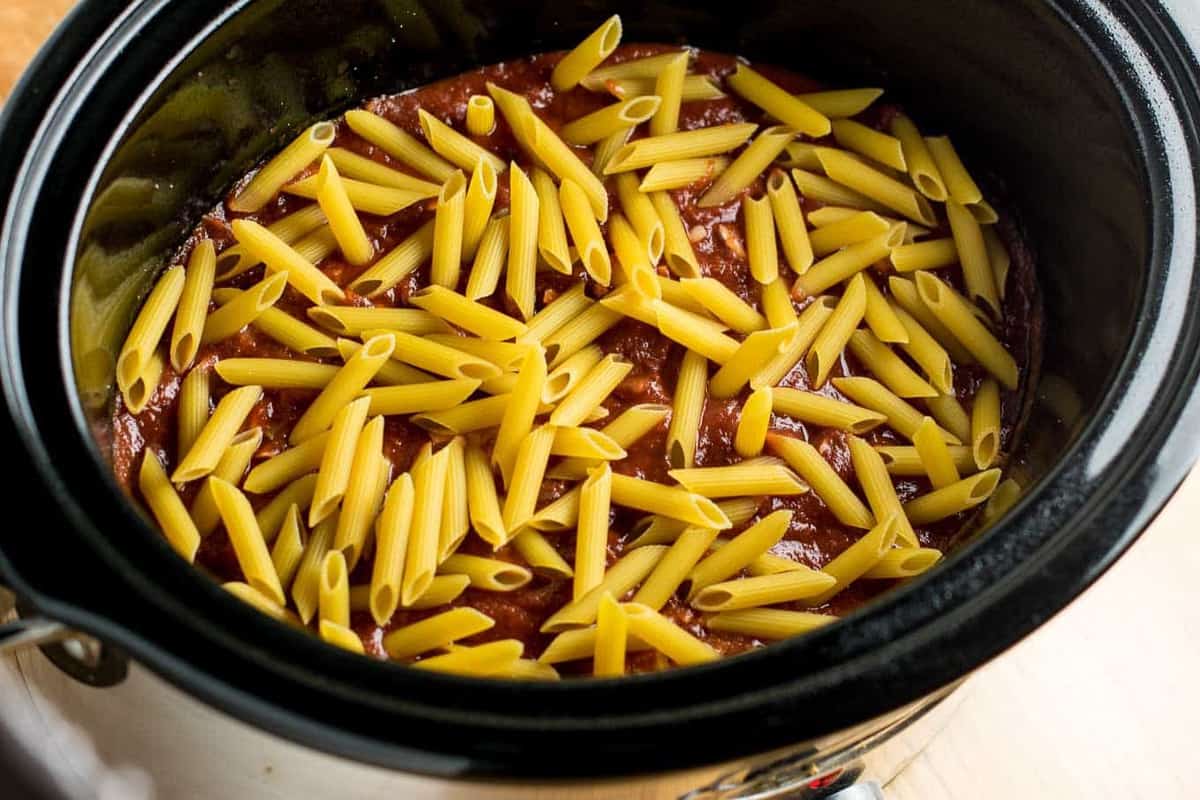
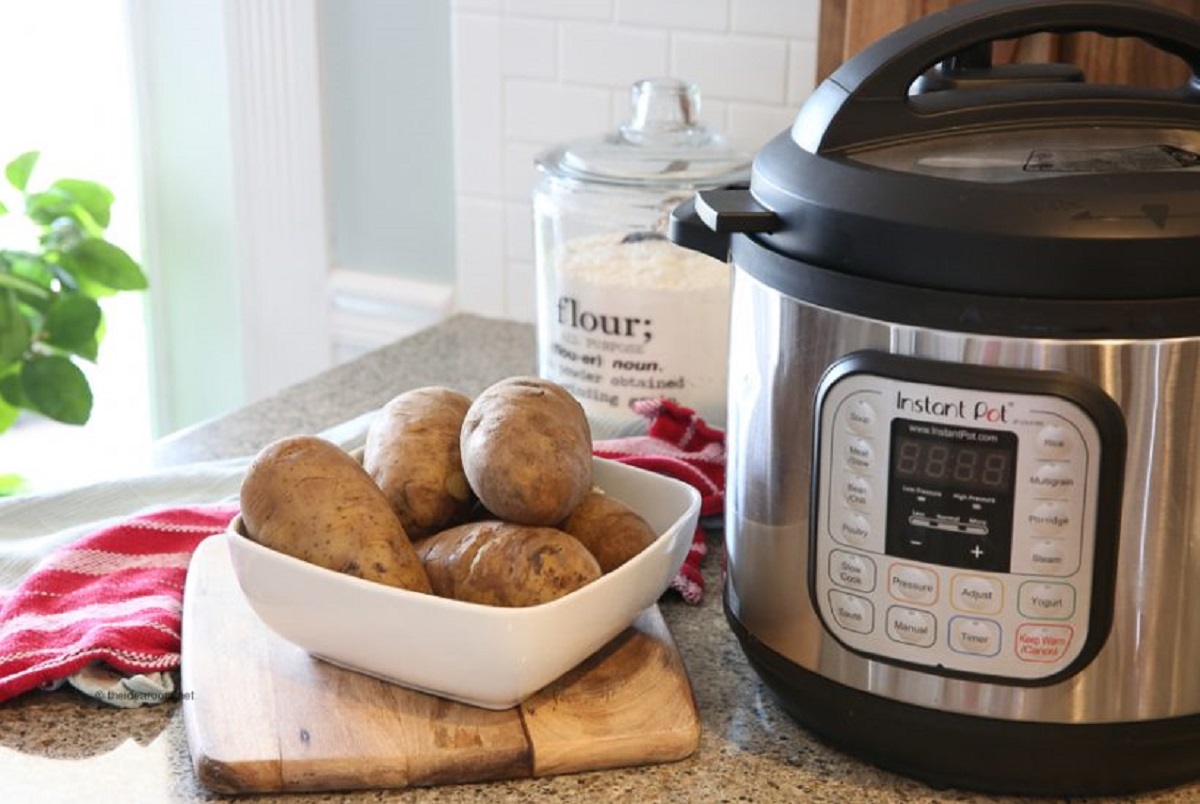
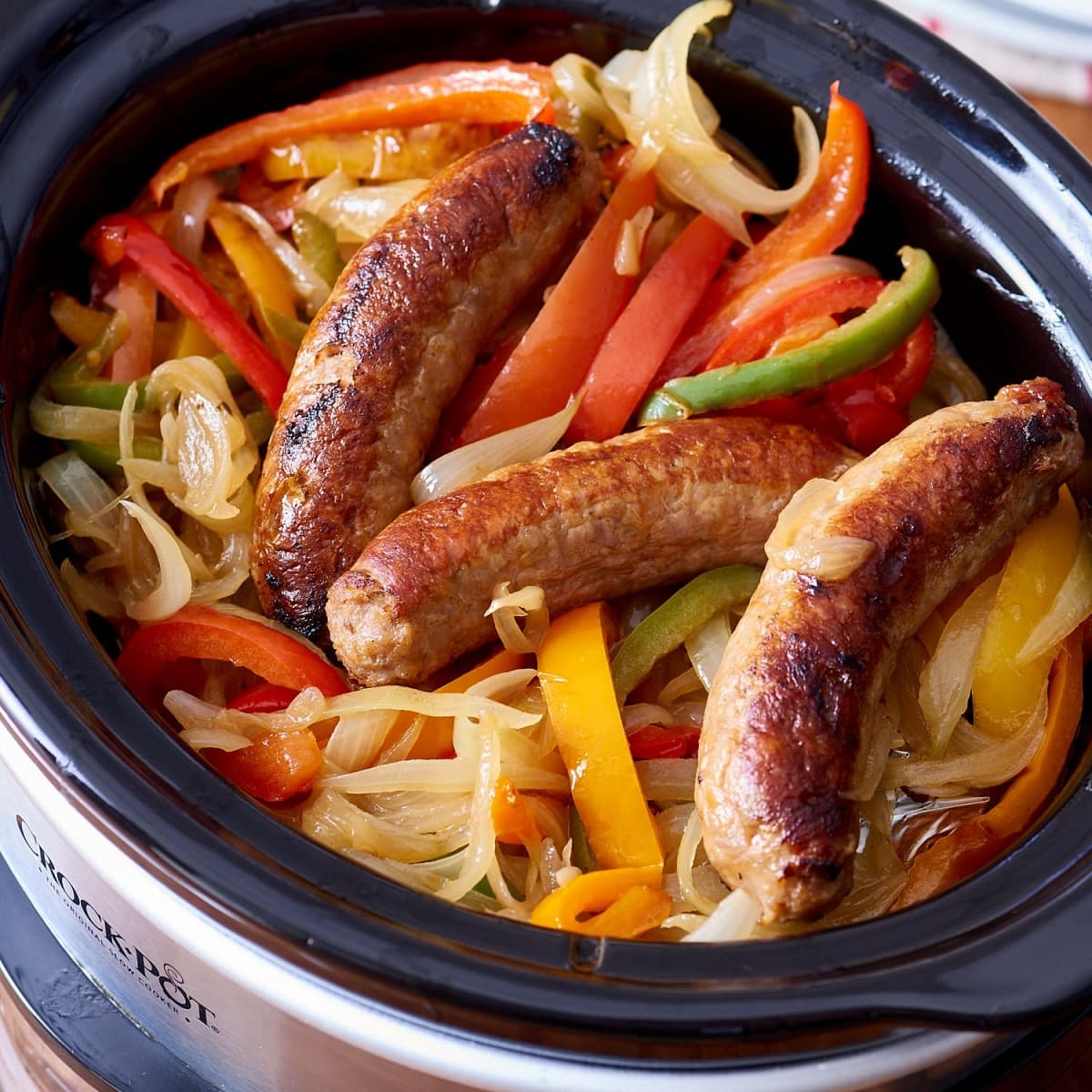
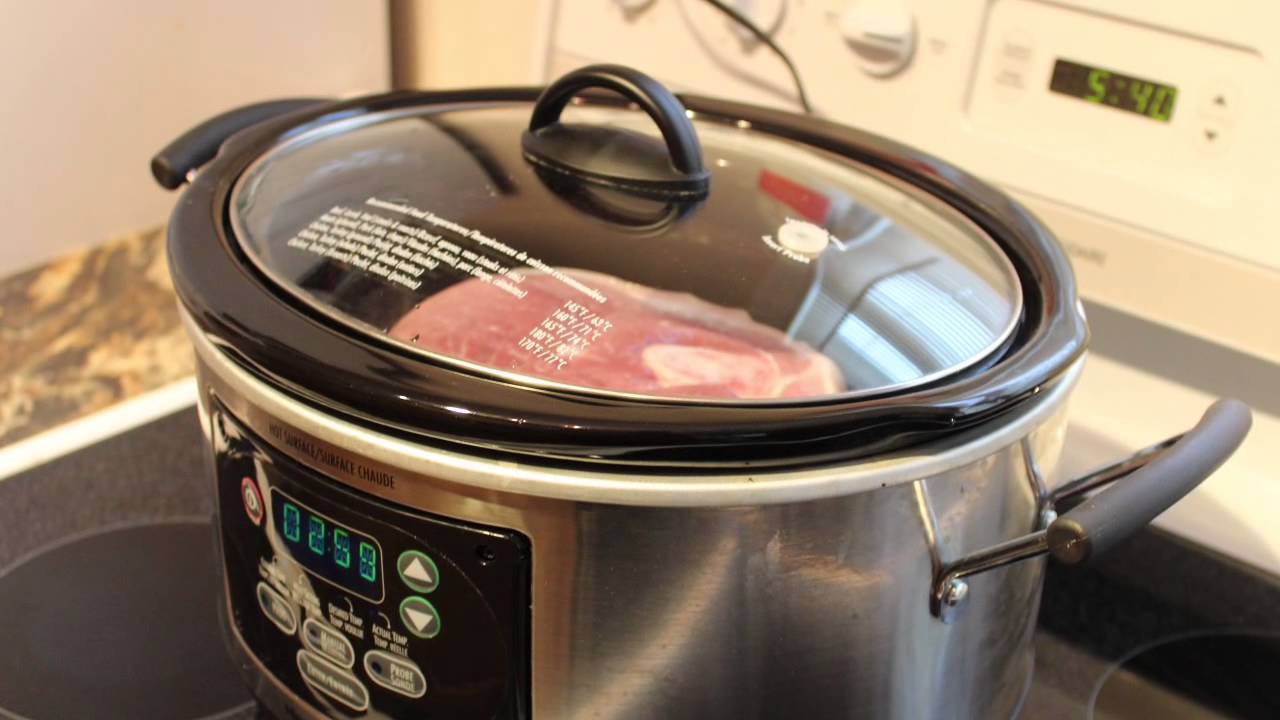
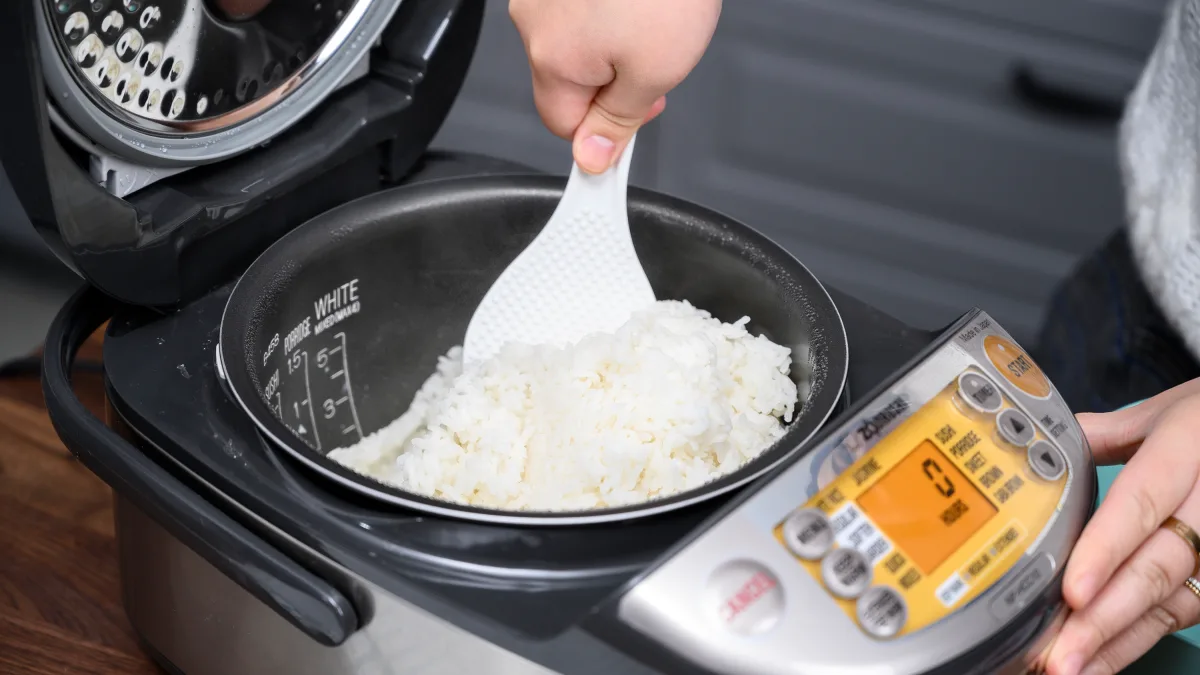
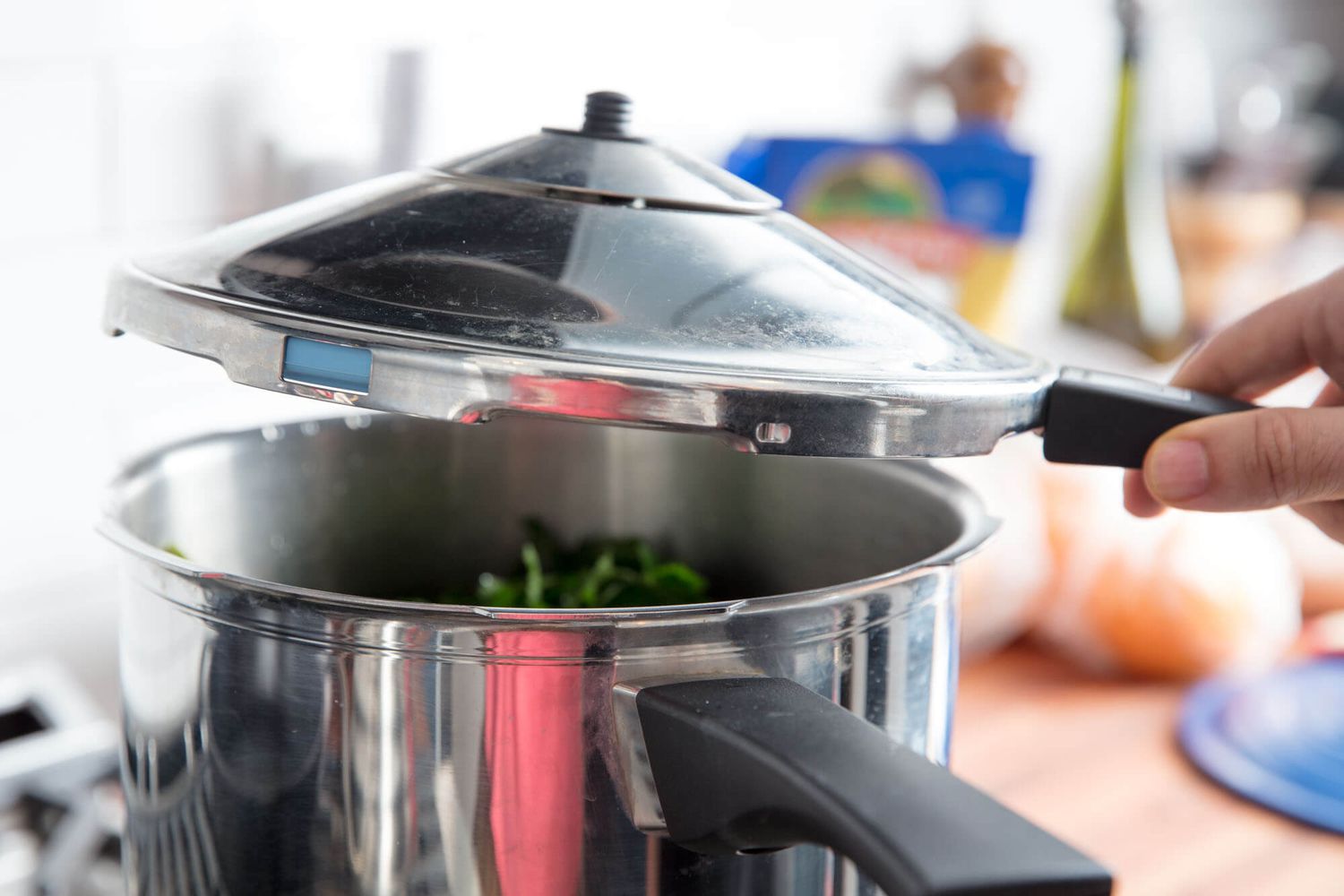
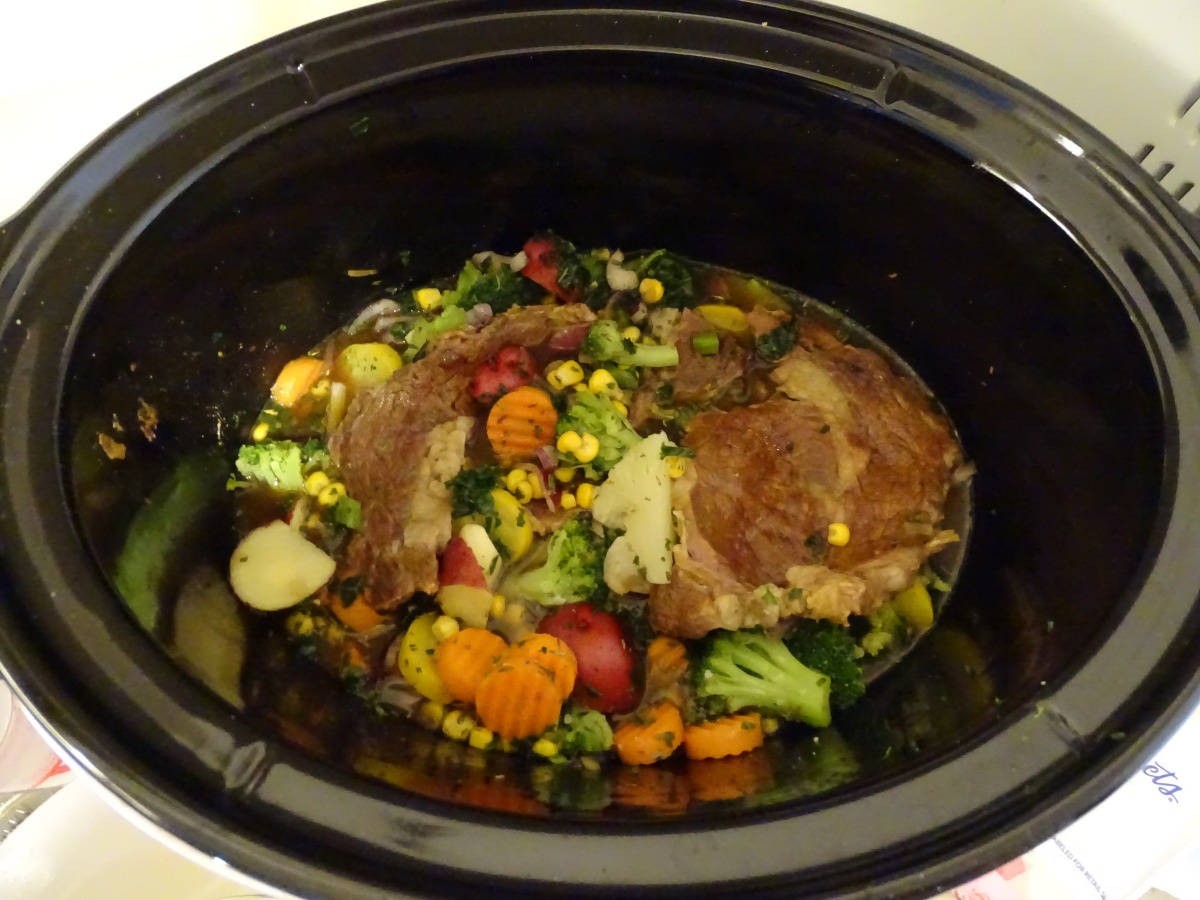
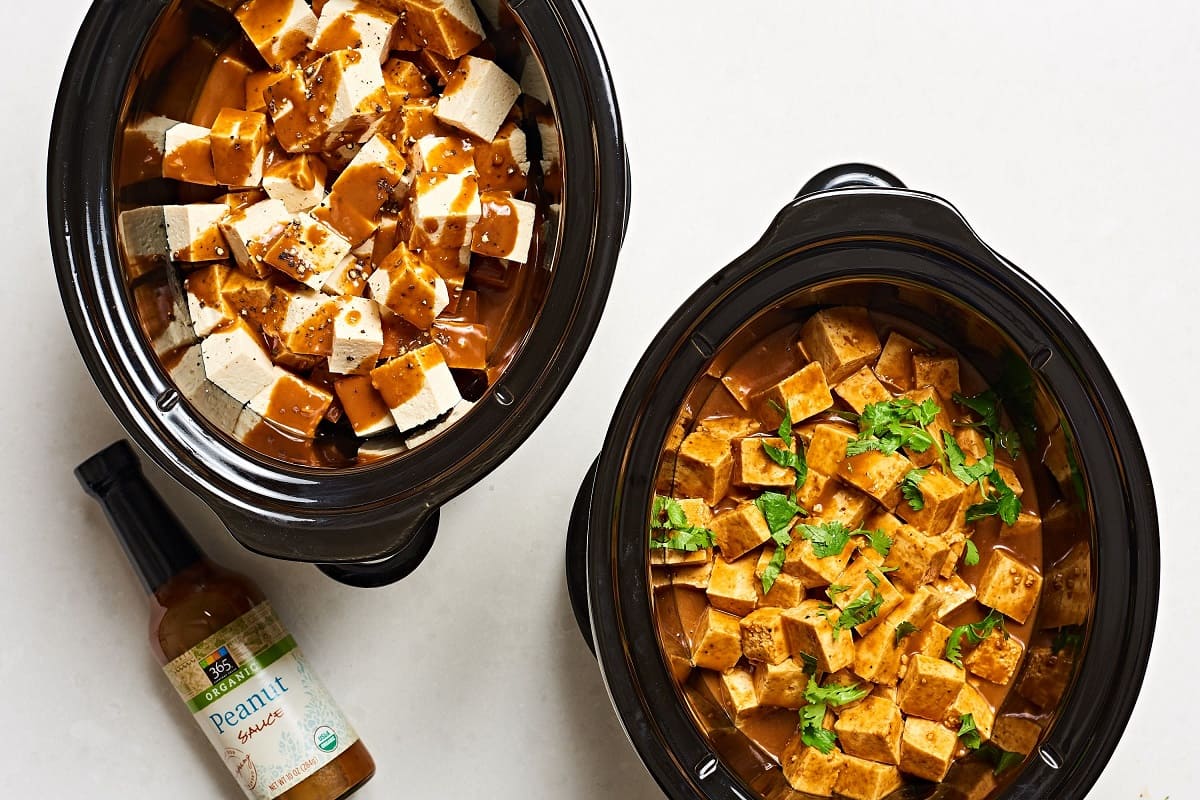
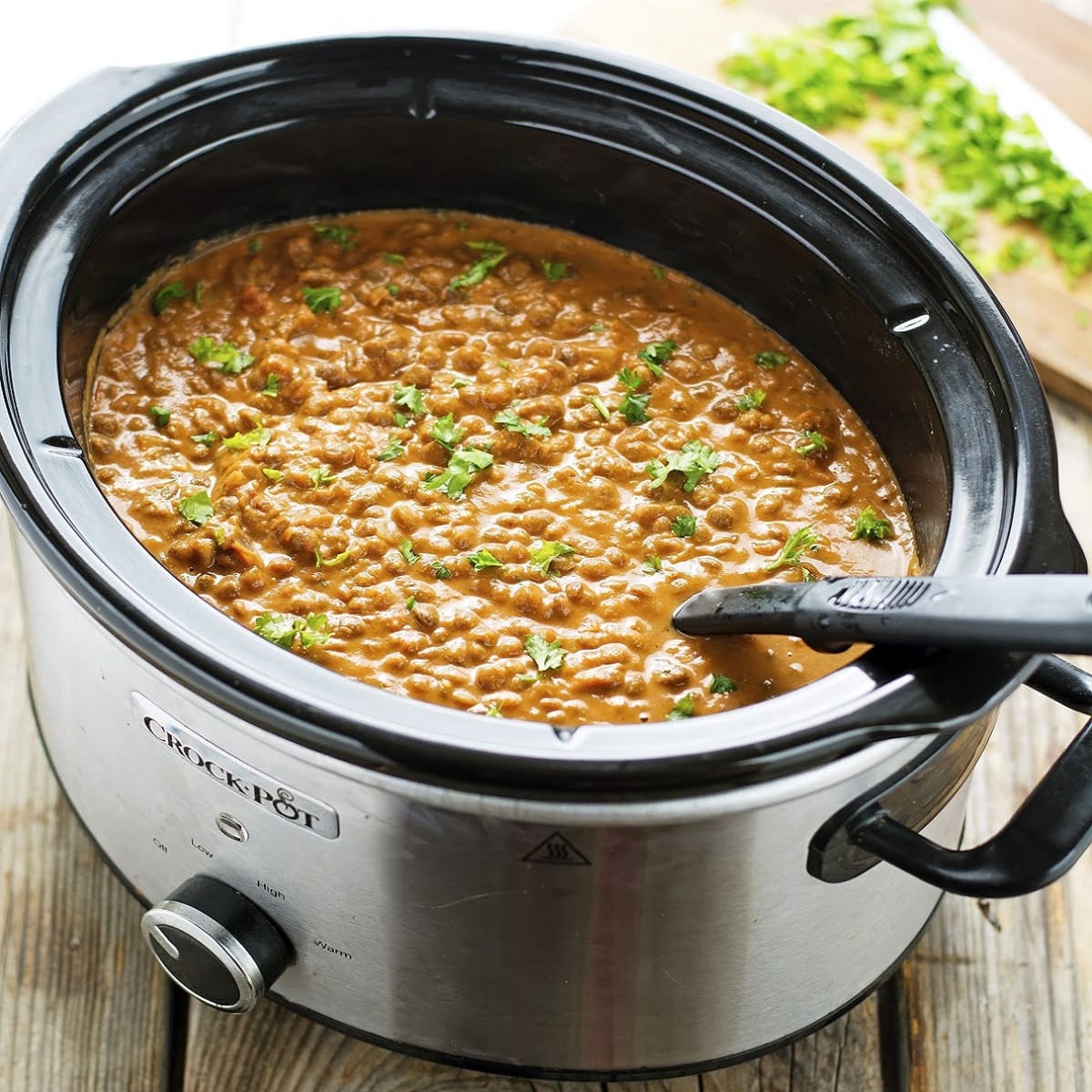
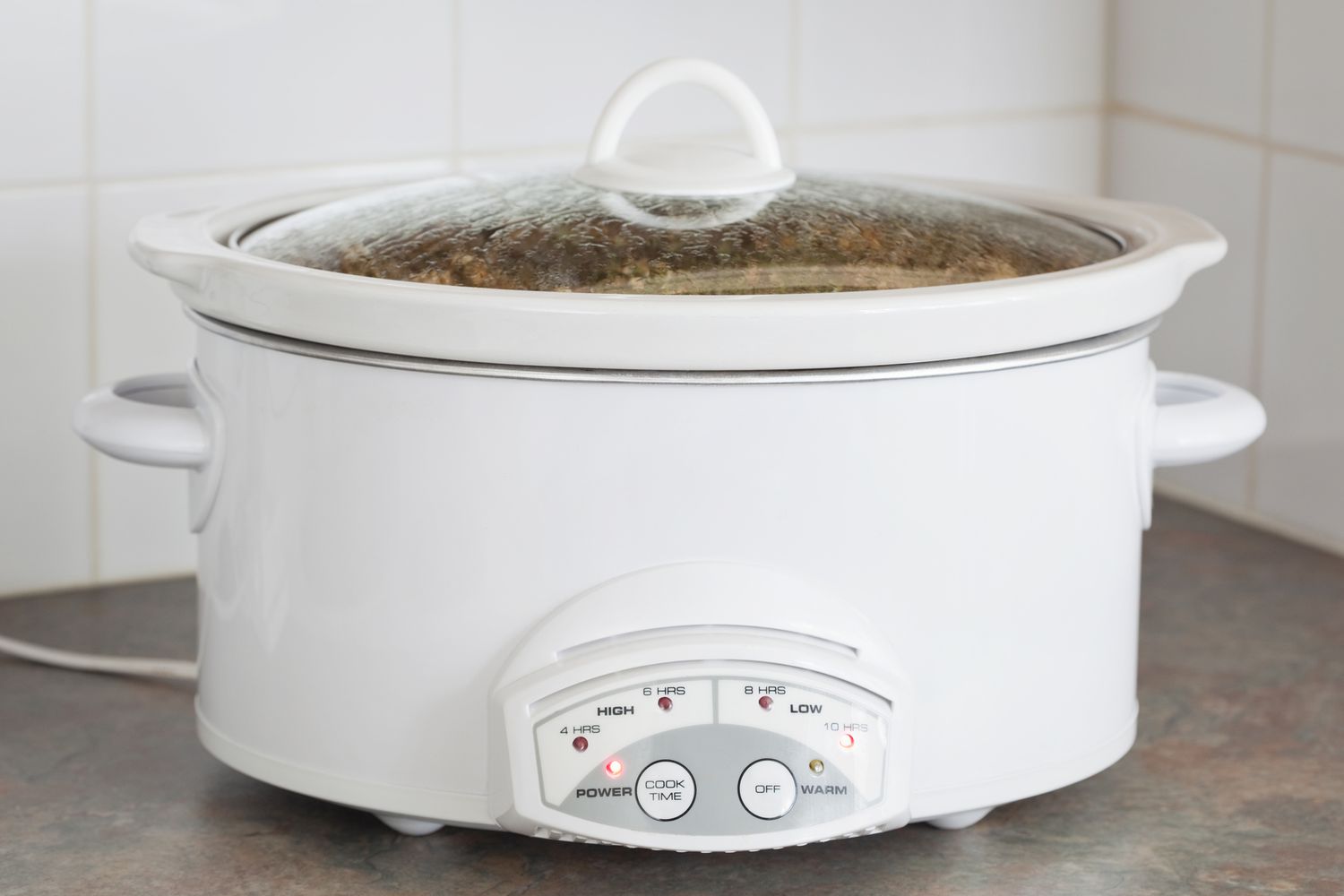
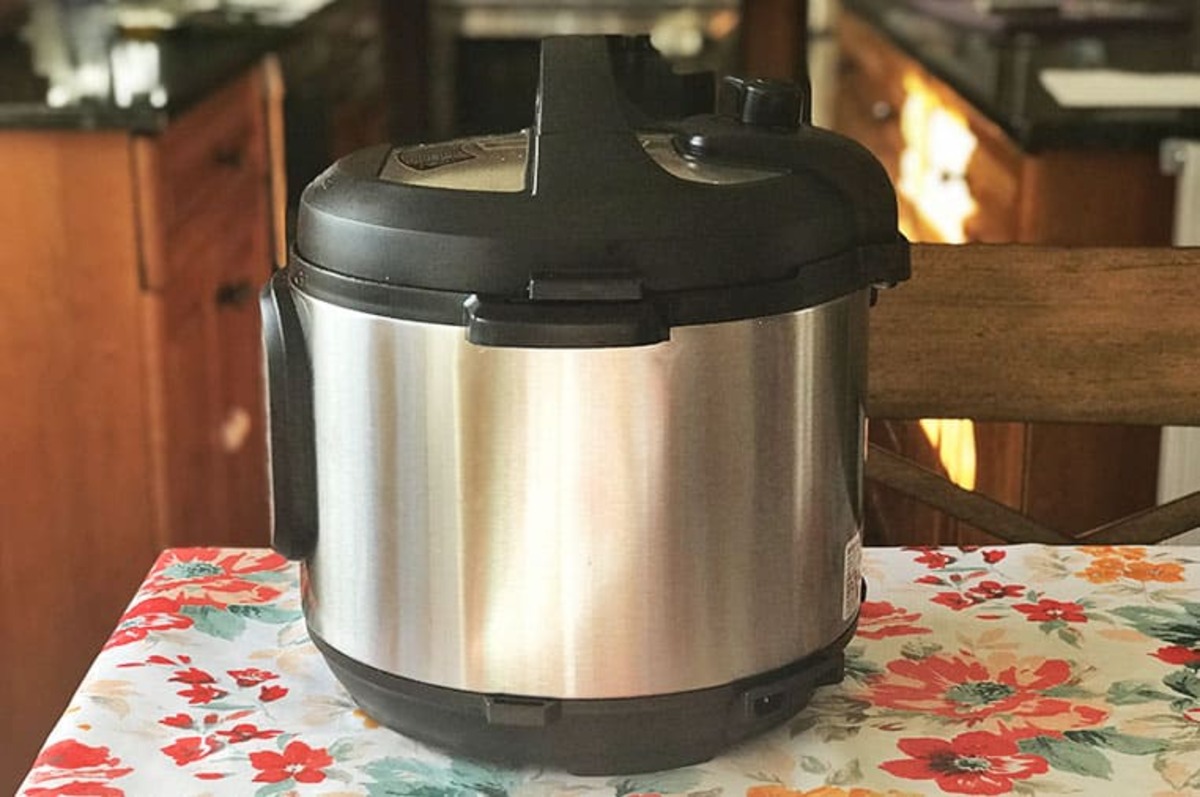
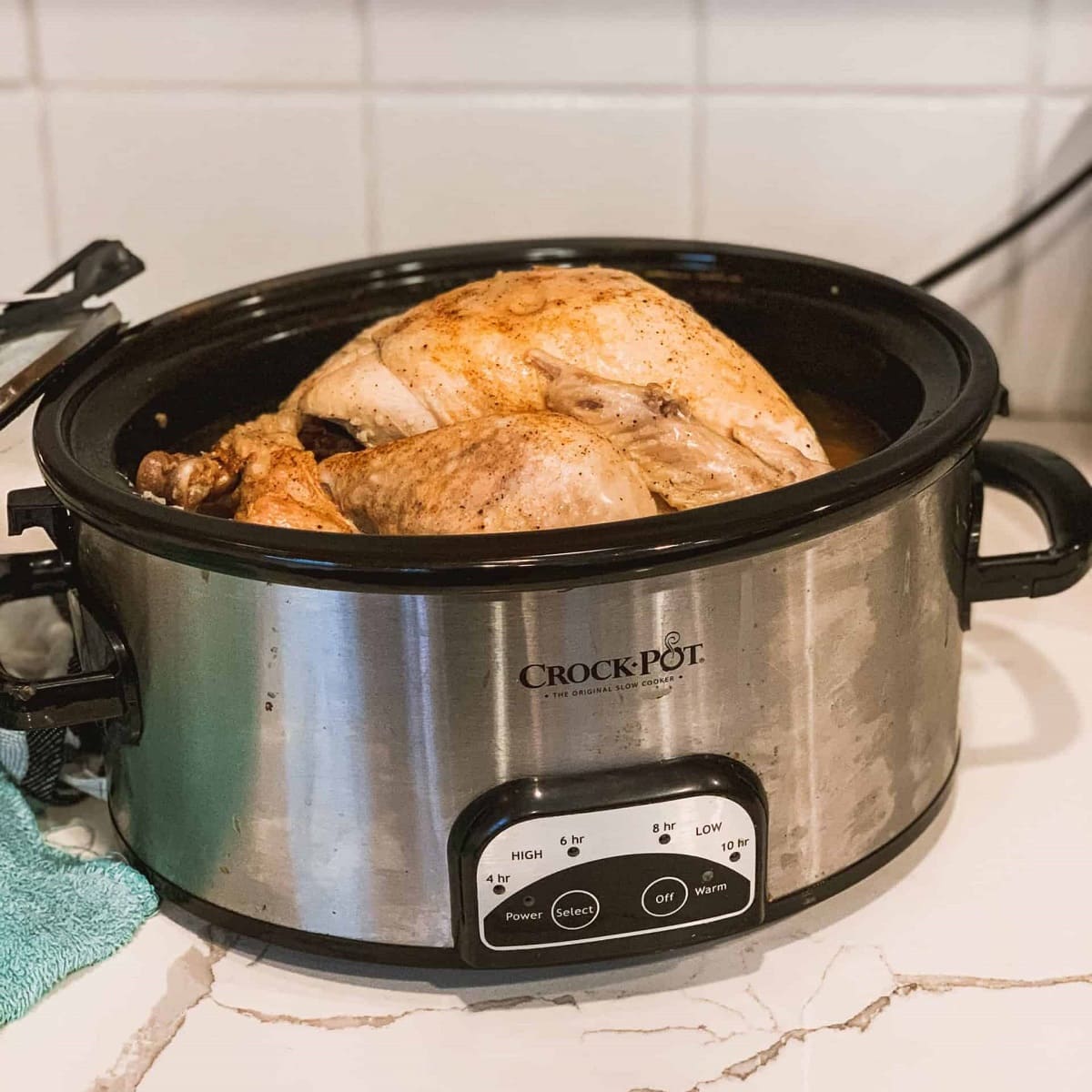
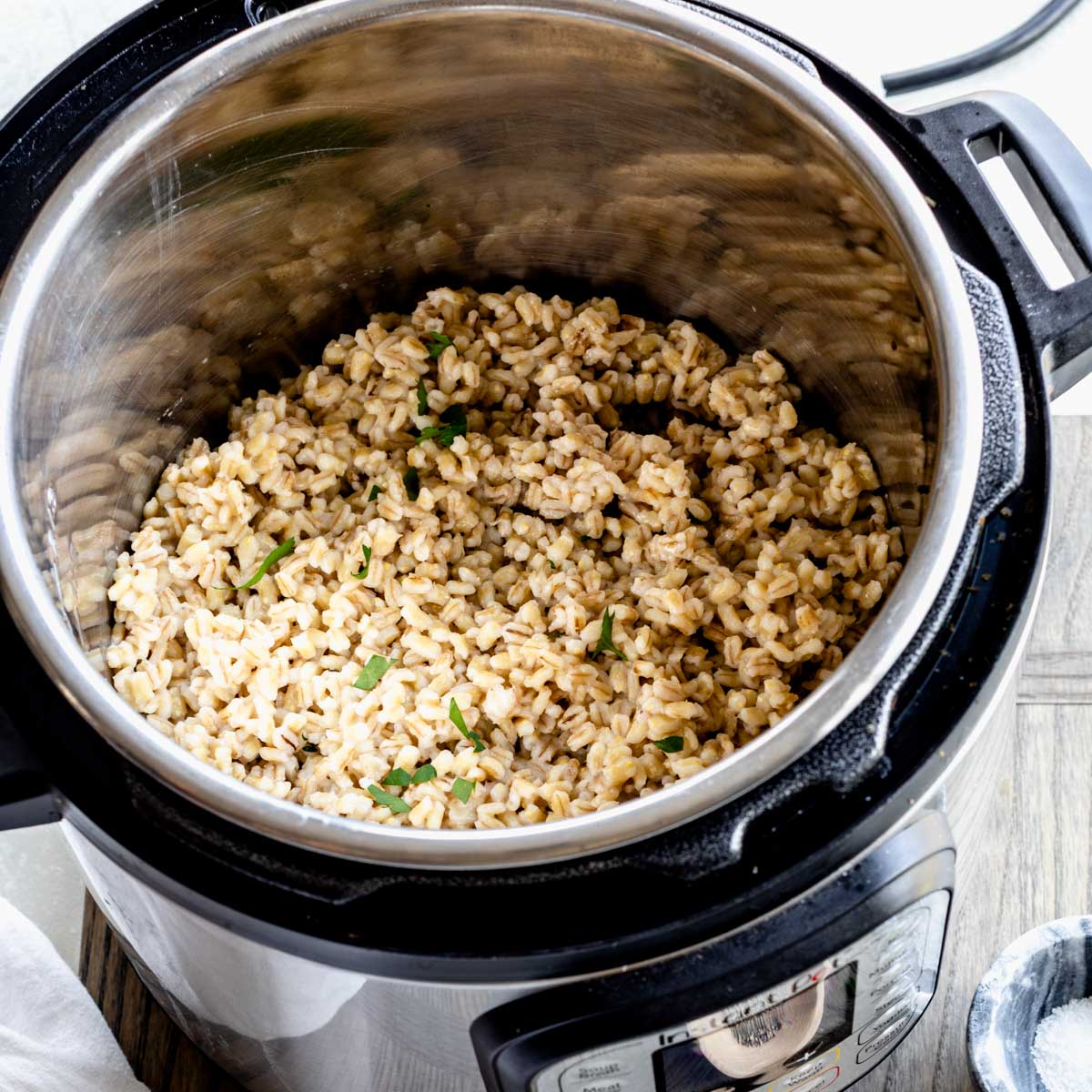
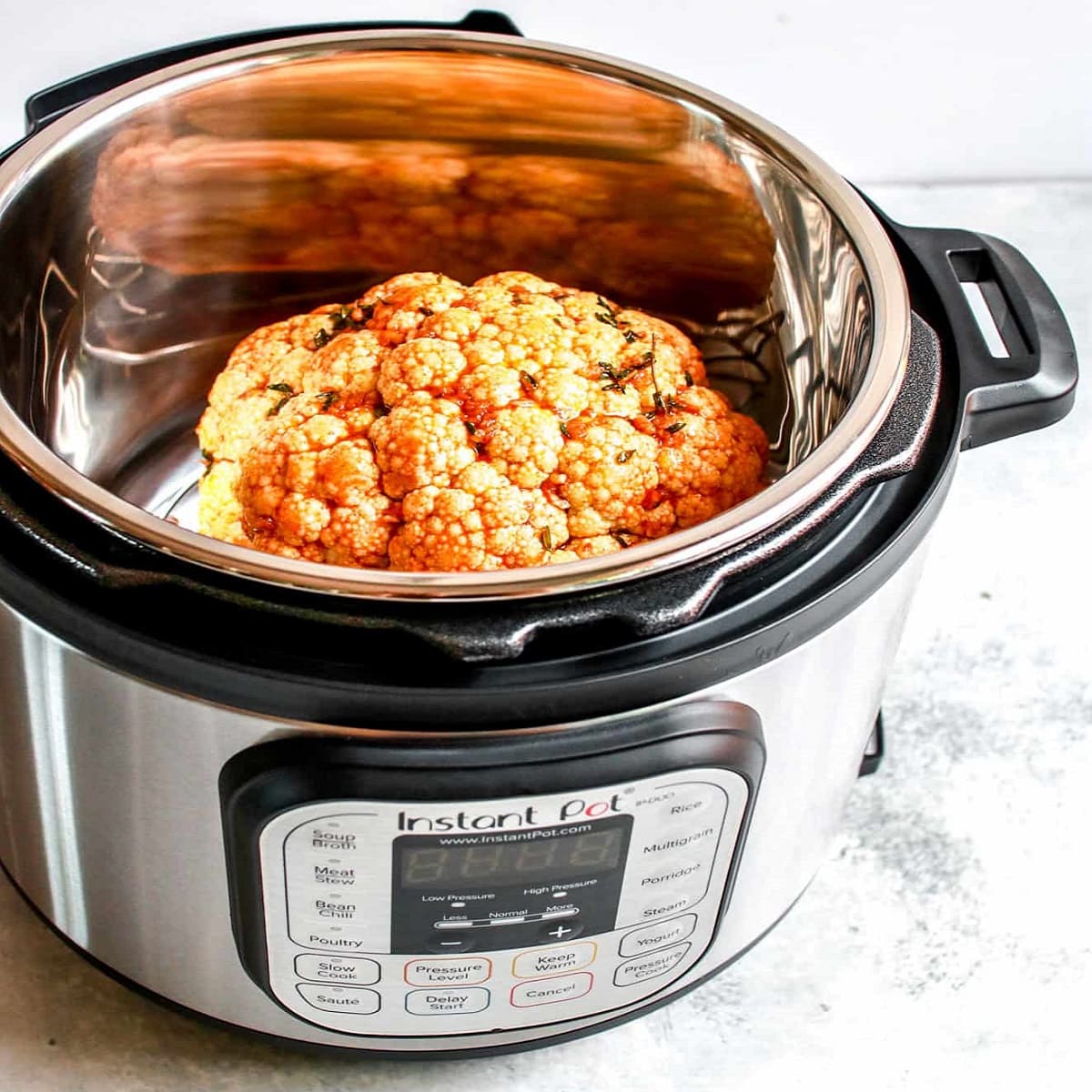

0 thoughts on “How Long Does It Take To Reheat Food In A Slow Cooker”